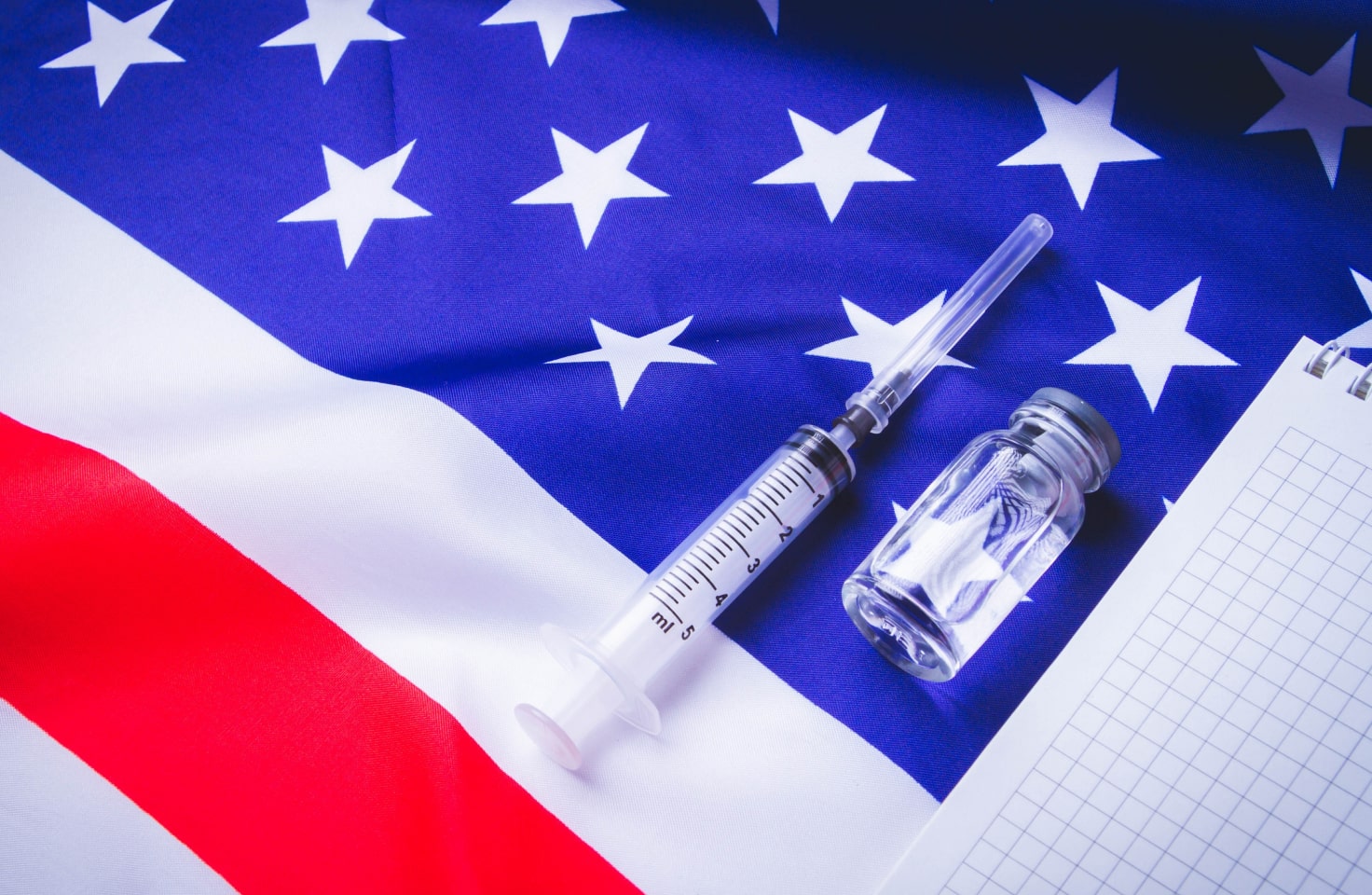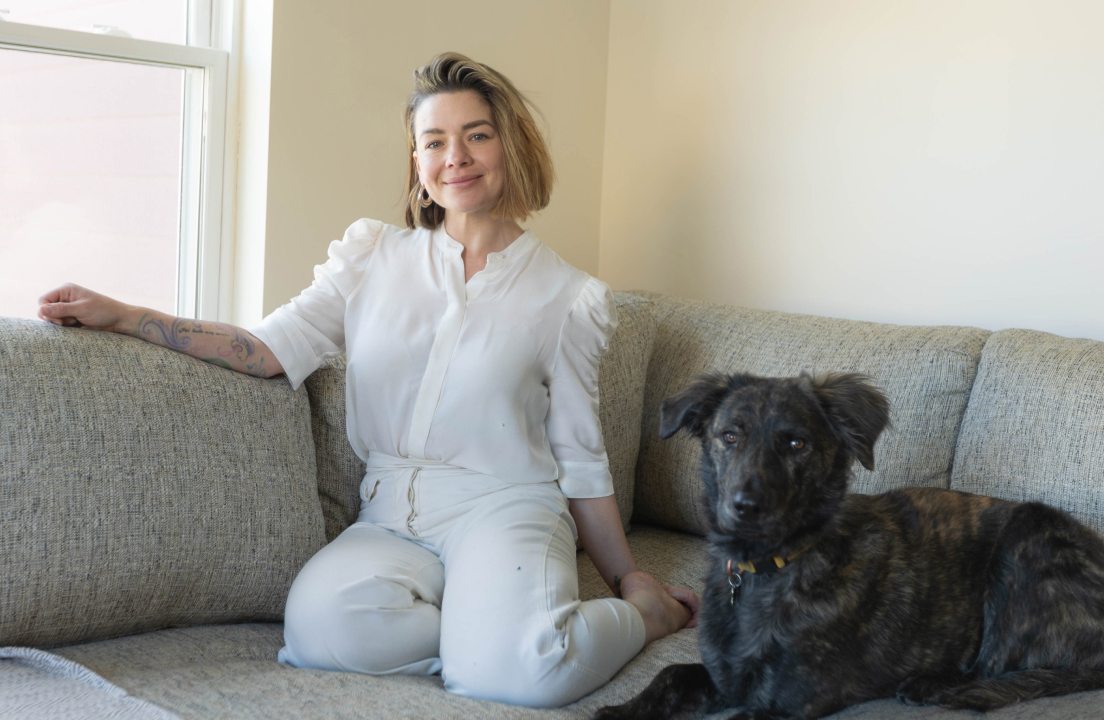T1D Guide
T1D Strong News
Personal Stories
Resources
T1D Misdiagnosis
T1D Early Detection
Research/Clinical Trials
Allergic to Insulin? Caitlyn’s Fight for Survival with Type 1 Diabetes
For most people with type 1 diabetes, insulin is their lifeline. But for Caitlyn, now 31, insulin itself has been the source of an ongoing battle. Diagnosed with type 1 diabetes at just four years old, she began to notice something was different about her insulin needs around puberty.

“Slowly, starting when I was 12, my insulin needs kept creeping up. My doctor agreed that, yes, I needed more insulin than most teenagers. But by 16 or 17, it got bad. I started feeling weird after giving myself insulin.”
At first, Caitlyn attributed it to the natural progression of diabetes, but her body’s extreme insulin resistance kept escalating. While it’s possible to have type 1 and type 2 diabetes, that diagnosis simply didn’t make sense for Caitlin because there truly seemed to be no amount of insulin that was enough.
240 Units of Long-Acting Insulin Per Day
At one point, she was taking 240 units of Tresiba long-acting insulin per day, fighting to keep her blood sugars in her target range, along with a 1:1 insulin-to-carbohydrate ratio. This meant she needed one unit of rapid-acting insulin for every 1 gram of carbohydrate — a remarkably large amount of insulin to cover a meal.
Caitlin was eventually using U-500 insulin, which means it’s five times more concentrated than the insulin we’re all first prescribed.
“It wasn’t just that I was taking more insulin — it was that I started swelling at my injection sites. When I switched to an insulin pump, my infusion sites became infected and took forever to heal.”
It felt like no matter what she did, her blood sugars were high, and the increasingly large insulin doses amplified her appetite. She was also forced to use a combination of injections and an insulin pump because she was going through pump sites too quickly.

“Okay, something’s gotta give here,” Caitlin recalled feeling. “I can’t just keep increasing my doses.” She felt like she was stuck in a never-ending cycle of increasing insulin doses, yet her body seemed to resist it.
“I was also developing ‘pitting’ at the infusion sites – almost like an orange peel texture – because my immune system was basically trying to create a wrap around the insulin to protect the rest of my body from the insulin,” explained Caitlin.
And worse: nobody would listen to her. “Can someone just listen to me and believe me?” asked Caitlin, remembering this deep frustration clearly. “I just wanted to understand what was actually happening to me.”
Fighting for a Doctor Who Would Acknowledge the Allergy
Everything changed when she got to college in Santa Barbara, California. Desperate for answers, she visited the nearby Sansum Diabetes Research Center. She brought a pile of notes, ready to advocate for herself and find someone to help her.
“I just broke down in the doctor’s office. I told them, ‘I don’t know what to do. I cannot live like this. I will die from complications even though I’m trying so hard.’”
This doctor heard her. Her doctor decided to run extensive bloodwork. When she returned two weeks later, the answer was obvious.
“The doctor slid a document across the table — an IgE antibody fact sheet. He told me, ‘This is your problem.’ My body was launching a severe immune response against insulin itself.”
Some people with insulin allergies react to the zinc used to stabilize insulin, but Caitlyn’s allergy was different: she was allergic to the insulin compound itself. Her immune system treated insulin as an invader, causing inflammation and extreme insulin resistance.

Managing Life with an Insulin Allergy
Surviving with an insulin allergy with type 1 diabetes (T1D) is incredibly challenging. Caitlyn went through years of trial and error with different medications to reduce her insulin needs.
“We tried Symlin, one of the first GLP-1 medications. It helped, but it was complicated to use at every meal. Then we tried metformin, which worked but gave me severe migraines.”
Eventually, she found success with GLP-1 medications like Trulicity and, later, Mounjaro. These drugs, along with changes in diet and exercise, helped her reduce her insulin intake dramatically.
“My insulin needs are much, much lower today. I used to fill prescriptions for 20 vials of Novolog a month — now I only need six.”
Despite progress, she still experiences painful reactions to insulin.
“I never realized other people didn’t feel pain when they dosed insulin in a pump. For me, it’s a solid four to five on the pain scale every time. It’s an intense burning and stinging sensation.”
To manage her reactions, Caitlyn pre-treats her infusion sites with antihistamines.
“I take generic Zyrtec daily. Before I put on a new pod or give an injection, I spray the area with Flonase and let it dry. I go through so much Flonase that I have a prescription for it.”
Self-Advocacy is Frustrating & Exhausting
One of the hardest parts of Caitlyn’s journey has been getting doctors to take her seriously. For years, they dismissed her symptoms as a weight-related issue.
“The most aggravating part was trying to get a doctor to care enough to help me instead of just blaming my weight. I was so desperate in college that one day I told a doctor, ‘I’m not leaving until someone gives me antibiotics because my injection site is weeping, and I don’t know what to do.’”
Eventually, she found support at Joslin Diabetes Center in Boston, where doctors helped her get started on GLP-1 medications and took a research-based approach to her care.

“I can’t thank Joslin enough. Their doctors, like the ones at Sansum, actually listen. They’re humble enough to dig deeper instead of just dismissing me.”
How Caitlin is Doing Today
With the right combination of medications, lifestyle changes, and persistence, Caitlyn has significantly improved her diabetes management.
- Current basal rate: 46 units of insulin per day (down from 240!)
- Insulin-to-carb ratio: 1:8
- Time in range (TIR): 70-80%
- Weight loss: 55 pounds through GLP-1s
- Workout routine: Kickboxing 4-5 times a week, yoga
- Nutrition: focusing on eating mostly whole foods
While she still experiences some swelling and pain at injection sites, Caitlyn has found a way to manage her condition and reclaim her life. Needless to say, the constant weight of inevitable diabetes burnout feels significantly lighter now.
For Caitlyn, advocating for herself has made all the difference. Her story is a reminder that sometimes, the biggest hurdle in managing a chronic illness isn’t the illness itself—it’s getting the right people to listen.








.webp)
.jpg)
.jpeg)
.jpg)
.webp)
.jpg)
.jpg)
.jpg)

.jpg)


.jpg)
.jpg)
.jpg)
.jpg)
.jpg)

.jpg)
.jpg)
.jpg)


.jpg)

.jpg)
.jpg)
.jpg)
.jpg)
.jpg)

.jpg)
.jpg)



.jpg)
.jpg)
.jpg)

.jpg)
.jpg)




















.jpg)



.jpg)



.jpg)












.webp)





















.webp)







.webp)